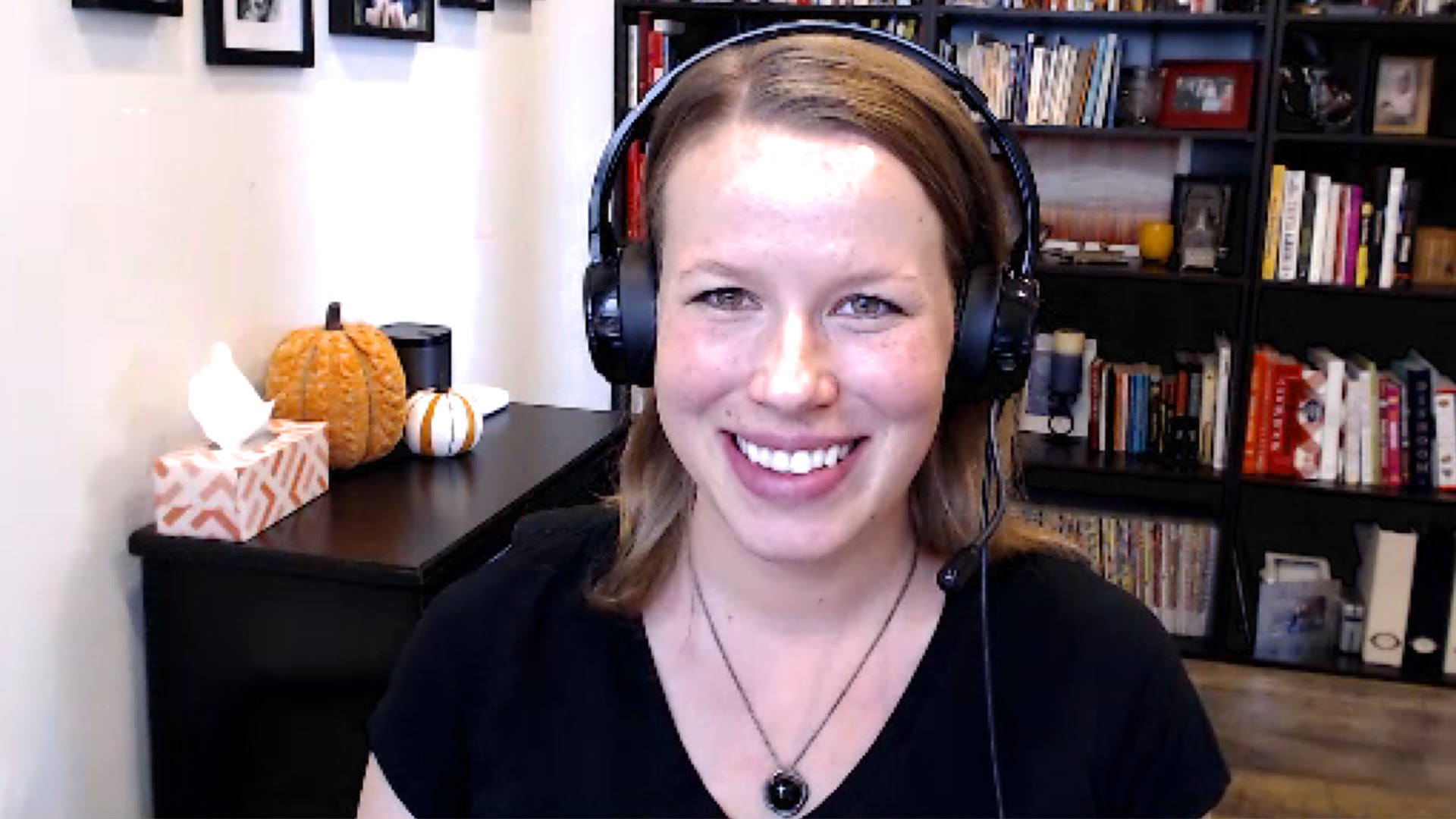 CLOUD
CLOUD
 CLOUD
CLOUD
 CLOUD
CLOUD
Cloud computing and open-source software have given developers the upper hand when it comes to decision-making. With customers and employees hopping up and down impatiently demanding apps like baby birds demanding worms, the approvals process has been discarded in the pressure to get up and running fast.
“Enterprise developers have a lot more practical authority than people give them credit for,” said Rachel Stephens (pictured), industry analyst at RedMonk. “We are seeing the tools that enterprises are using are the tools that developers want to be using.”
Stephens spoke with Stu Miniman, host of theCUBE, SiliconANGLE Media’s livestreaming studio, during theCUBE on Cloud event. They discussed how developers are influencing the future of cloud and how their role is evolving within the enterprise and the community.
This power can have downsides, however. “It’s tricky to be a developer these days in that you are making a lot of decisions, and you are wiring a lot of things together, and you have to be able to navigate a lot of things,” Stephens stated.
The freedom of choice also leads to an explosion of tools, making it impossible for any one person to know everything available, let alone know how to use them all. A knock-on effect of this has been the demise of the term full-stack developer, according to Stephens.
“We’ve realized that it’s impossible for anybody to be able to span this whole broad spectrum of all of the things we are asking people to do,” Stephens said. Instead of “knowing it all,” developers have to balance between “trying to see this big picture of how to get this all put together and also have this focused area realizing that you have to specialize at some point.”
Another influence on the developer role comes from the changing face of how people build applications, with trends like serverless and JAMstack lowering the technical entry bar and creating “citizen developers.”
RedMonk is watching both of these areas with “extreme interest in terms of what this next generation of apps can look like,” Stephens said. Just as interesting is “who gets to build these apps.”
One thing that needs to change is the term low-code, according to Stephens. She gives the example of someone from the marketing department who has gained the technical knowledge to build an app for her team.
“You’re not walking around saying, ‘I am a low-code marketing person’ — that’s demeaning,’” she said. The same is true in reverse, with highly qualified developers reluctant to admit they used a low-code tool to get something out the door fast.
“Everybody is trying to figure out how to do things in the most effective way possible and making trade-offs all the time,” Stephens said. “So I don’t think that the language of ‘low code’ is anything that resonates with any of the actual users of low-code tools.”
Managed services is another way to remove the burden from fast and furious innovation. But again, it’s a balance between what complexity can be abstracted away and what needs to be managed -house. And obviously the equation varies greatly according to industry and company.
That situation has contributed to the rise of composite apps, according to Stephens. By pulling in backend application programming interfaces from tools such as communications facilitator Twilio, payments platform Stripe and intelligent search and discovery platform Algolia, developers can create a user interface without having to build from scratch. But they do have the responsibility for wiring it all together.
And that means developers spend time working out not only how to solve each individual piece of the puzzle, but how to fit it into the broader picture of what they are trying to accomplish, according to Stephens.
“I think that’s going to be a key element of what the developer experience looks like in the next decade, trying to help people get everything wired together in a coherent way,” she said.
Here’s the complete video interview, part of SiliconANGLE’s and theCUBE’s coverage of theCUBE on Cloud event:
Support our mission to keep content open and free by engaging with theCUBE community. Join theCUBE’s Alumni Trust Network, where technology leaders connect, share intelligence and create opportunities.
Founded by tech visionaries John Furrier and Dave Vellante, SiliconANGLE Media has built a dynamic ecosystem of industry-leading digital media brands that reach 15+ million elite tech professionals. Our new proprietary theCUBE AI Video Cloud is breaking ground in audience interaction, leveraging theCUBEai.com neural network to help technology companies make data-driven decisions and stay at the forefront of industry conversations.